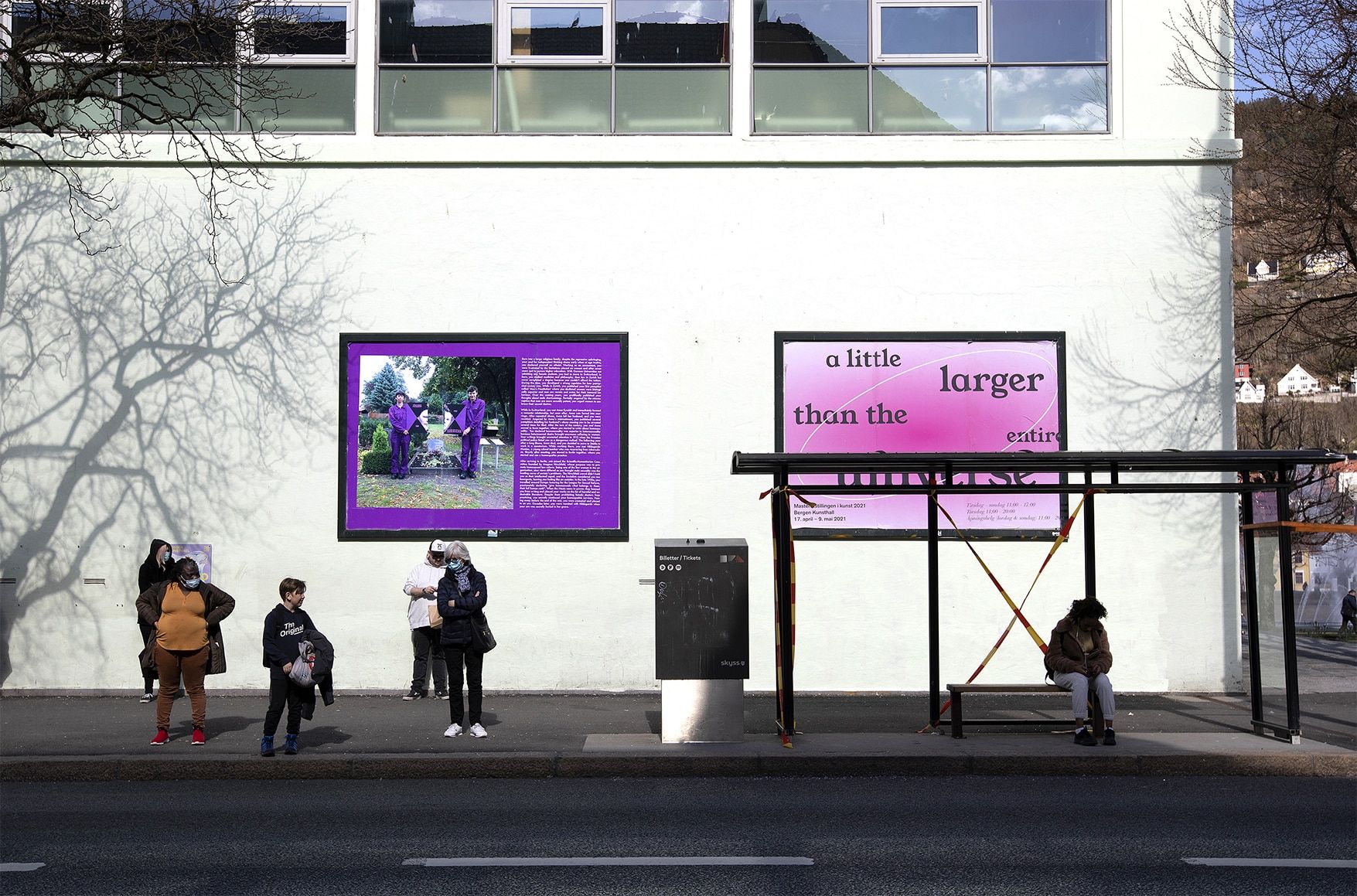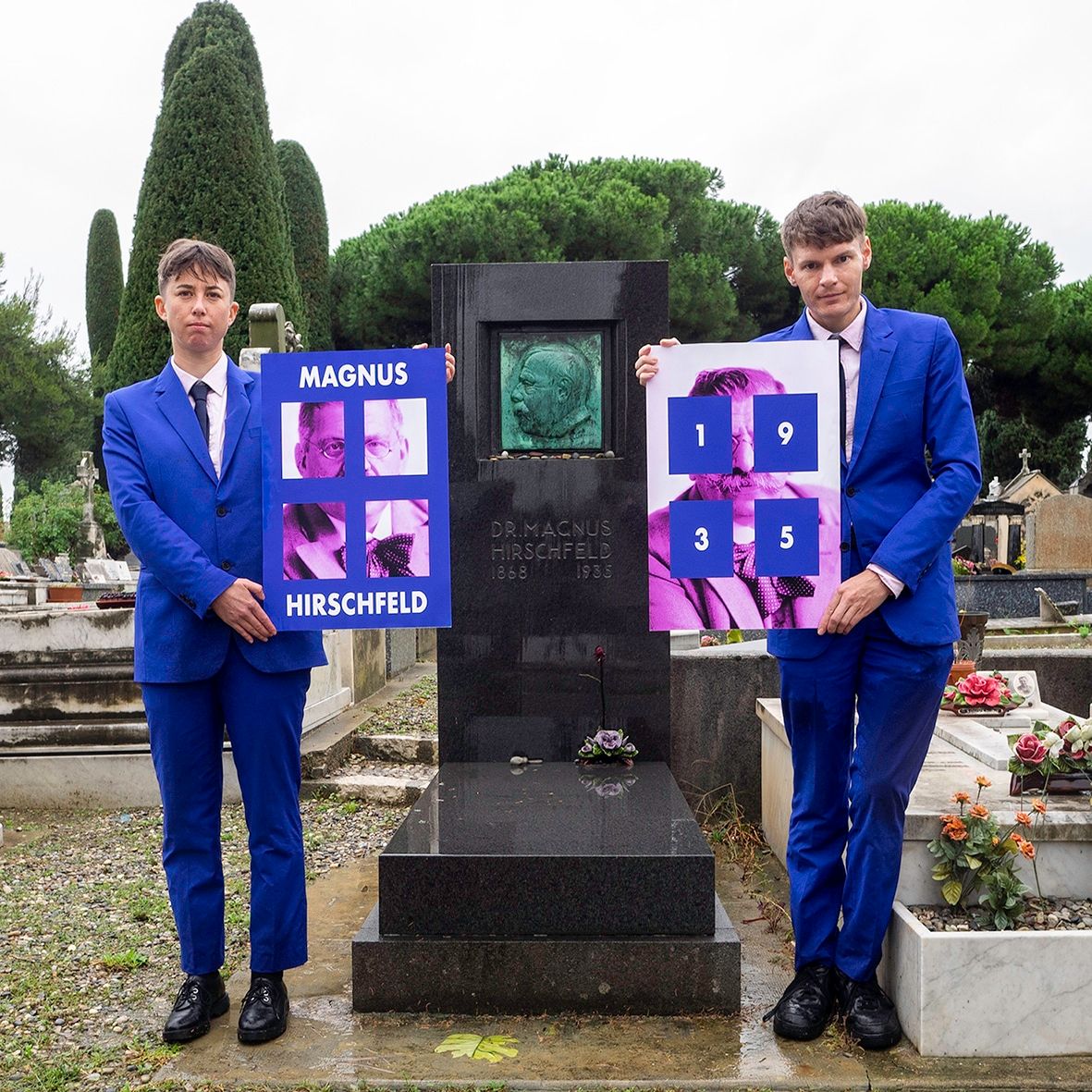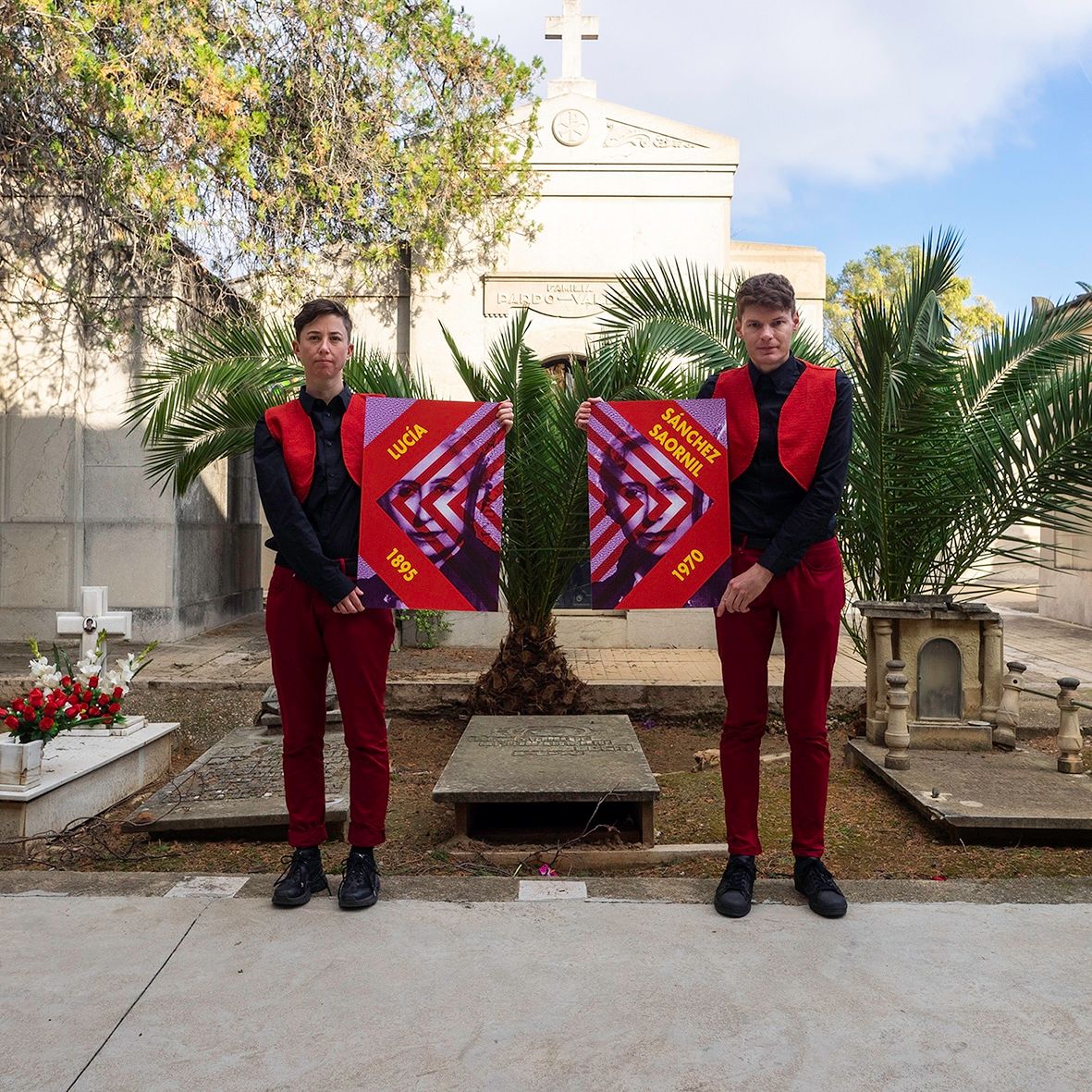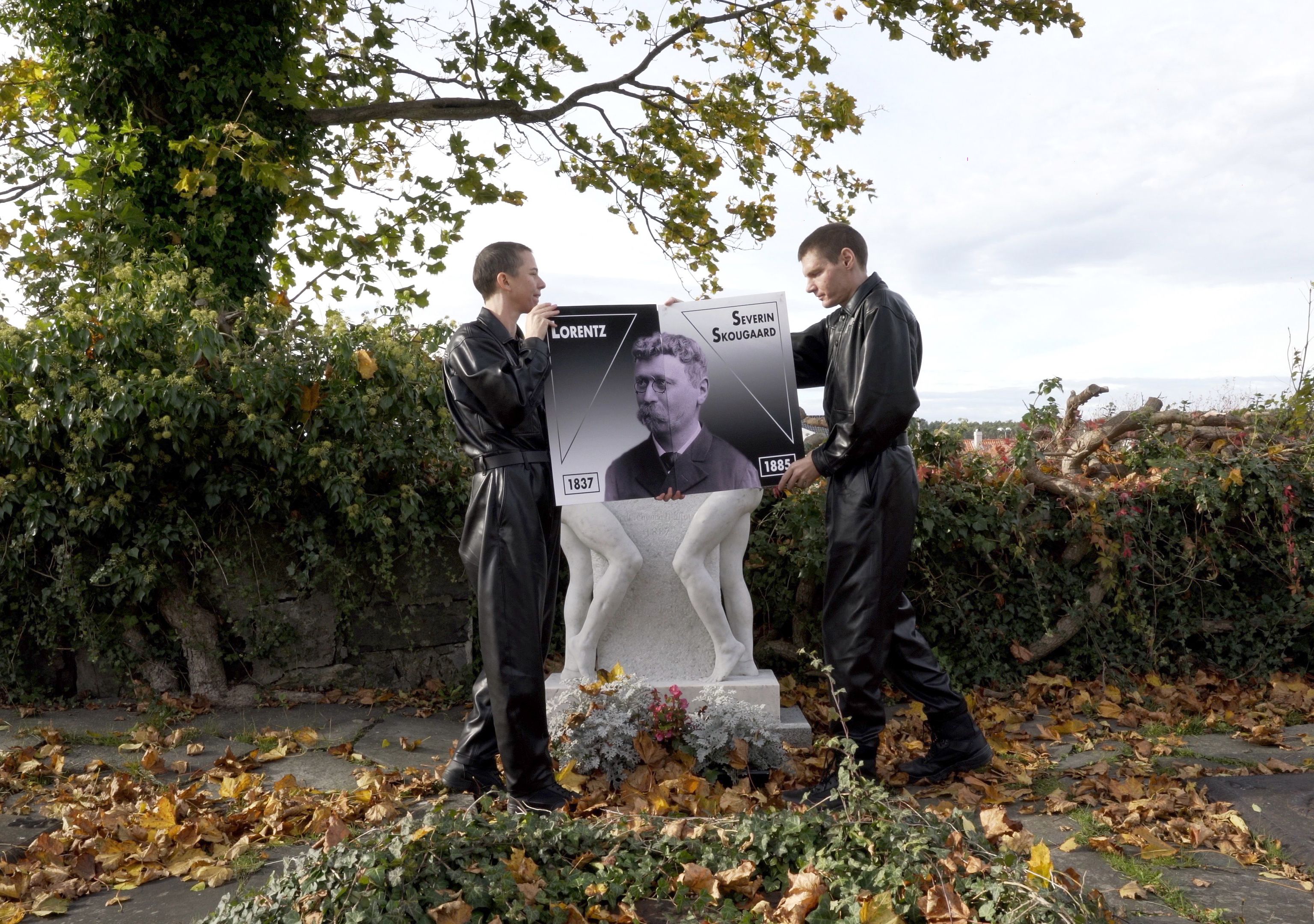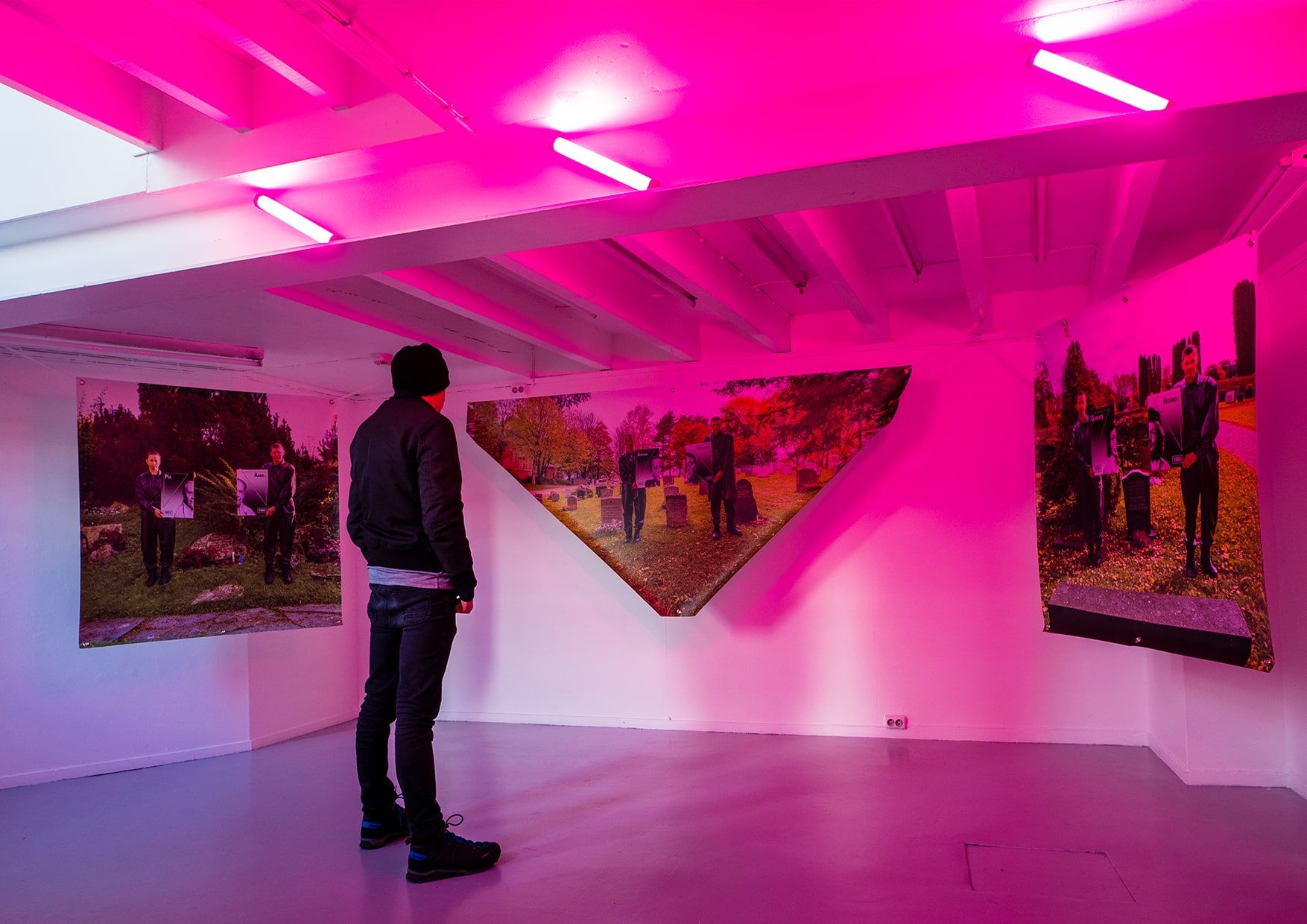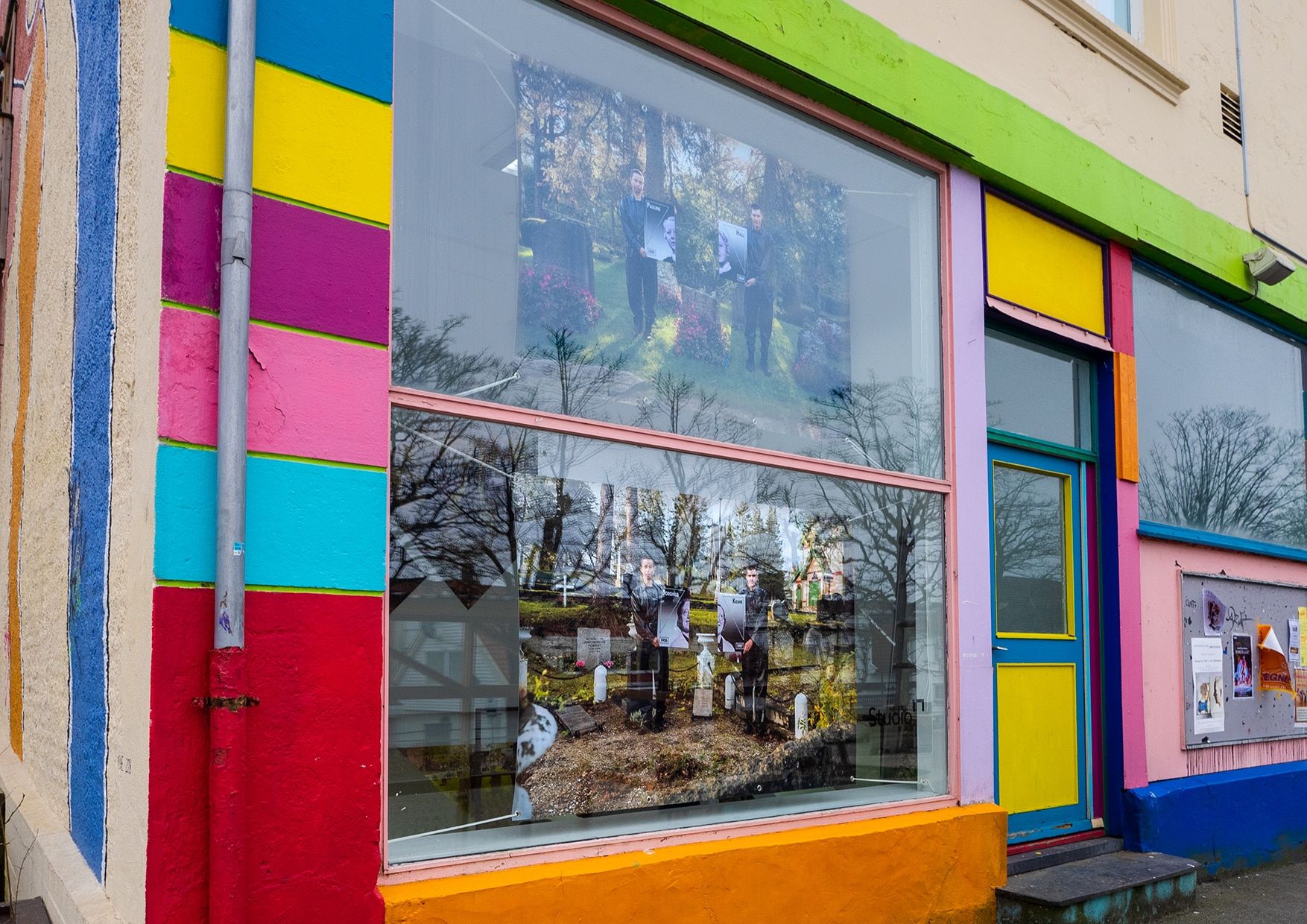
"LEAN"
CAS-redaktør Heather Jones har på oppdrag for det Berlin-baserte kunst- og kulturmagasinet TEXTE ZUR KUNST skrevet en anmeldelse av utstillingenLEAN i Kunsthall Stavanger våren 2021. Teksten er her oversatt av CAS-redaktør Maiken Winum og gjengitt med tillatelse av TEXTE ZUR KUNST. Utstillingen som er kuratert av Legacy Russell beskriver Jones som som sylskarp kuratering, følelsesmessig rik og sosialt utfordrende.
- NO
- 3 June 2021
- Review

